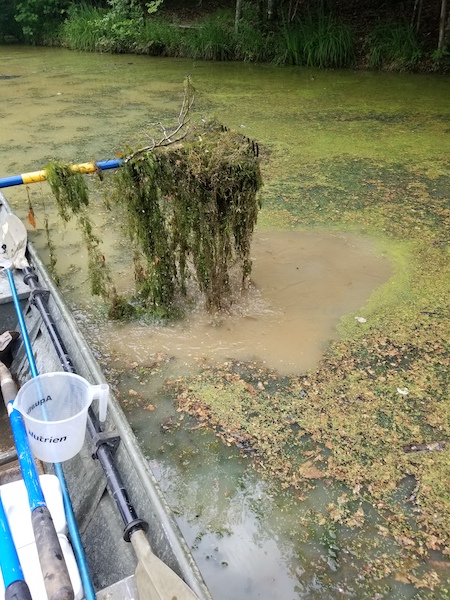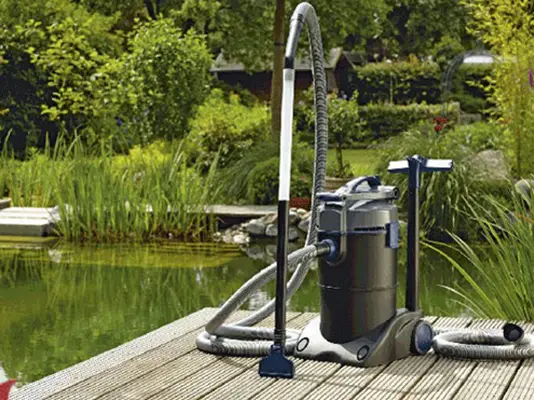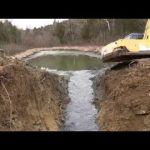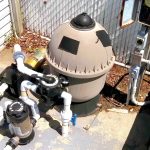Having a pond on your property can be a beautiful and tranquil addition to your landscape. However, over time, ponds can accumulate muck and debris at the bottom, which not only looks unsightly but can also create an unhealthy environment for aquatic life. Cleaning the muck from the bottom of a pond is essential for maintaining its health and aesthetics. In this guide, we’ll explore some effective methods for cleaning muck from the bottom of a pond.
Understanding Pond Muck
Pond muck is a combination of organic matter, such as leaves, algae, and dead plants, as well as inorganic sediment like silt and sand that settles at the bottom of the pond. Over time, this muck can build up, creating an oxygen-deprived environment that is harmful to fish and other aquatic life.
Manual Removal
One of the most straightforward methods for cleaning muck from the bottom of a pond is manual removal. This involves physically scooping out the muck using a pond rake or shovel. While this method can be labor-intensive, it is effective for smaller ponds or for targeting specific areas where muck has accumulated.
When manually removing muck, it’s important to work slowly and carefully to avoid disturbing the aquatic ecosystem. Start by gently raking the muck from the bottom of the pond, being careful not to disturb any fish or plants. Once the muck has been loosened, carefully scoop it out and dispose of it away from the pond to prevent it from re-entering the water.

Credit: www.pondlakemanagement.com
Beneficial Bacteria
Introducing beneficial bacteria into the pond can help break down and decompose organic muck. These bacteria work to consume the organic matter, converting it into harmless byproducts that can be utilized by other organisms in the pond. Beneficial bacteria products are available in liquid, powder, or tablet form and can be added directly to the pond water.
When using beneficial bacteria, it’s important to follow the manufacturer’s instructions for application and dosage. Additionally, regular maintenance doses may be necessary to ensure continued effectiveness in breaking down muck and preventing its accumulation.

Credit: weedersdigest.com
Aeration
Aeration is another effective method for combating pond muck. By increasing the oxygen levels in the water, aeration promotes the growth of aerobic bacteria, which naturally break down organic muck. Aeration systems, such as diffused air or fountain aerators, can be installed in the pond to improve water circulation and oxygenation.
Proper aeration not only helps to reduce muck accumulation but also enhances overall water quality and promotes a healthier habitat for fish and other aquatic life. When considering an aeration system, it’s important to select one that is appropriately sized for the pond and to position it in a way that maximizes water circulation.
Dredging
For larger ponds with significant muck buildup, dredging may be necessary to remove the accumulated sediment. Dredging involves the use of specialized equipment to physically remove muck and sediment from the bottom of the pond. This method is best suited for larger-scale pond maintenance and may require professional assistance.
Before proceeding with dredging, it’s important to assess the potential impact on the pond’s ecosystem and to obtain any necessary permits or approvals. Proper planning and execution are essential to minimize disruption to the aquatic environment and to ensure the long-term health of the pond.
Preventive Measures
Once the muck has been effectively removed from the pond, it’s important to implement preventive measures to reduce future accumulation. Regular maintenance, such as removing debris, controlling nutrient input, and monitoring water quality, can help minimize muck buildup and preserve the overall health of the pond.
Additionally, establishing a buffer of aquatic plants around the pond’s edge can help trap sediment and prevent it from reaching the central water body. These plants also provide habitat for beneficial organisms that contribute to the natural balance of the pond ecosystem.
Conclusion
Keeping a pond clean and free of muck is essential for preserving its beauty and supporting a healthy aquatic environment. Whether through manual removal, the use of beneficial bacteria, aeration, dredging, or preventive measures, there are various effective methods for cleaning muck from the bottom of a pond. By employing these techniques and maintaining regular pond care, you can ensure that your pond remains a vibrant and thriving feature of your landscape for years to come.
Remember, a clean pond is a happy pond!





